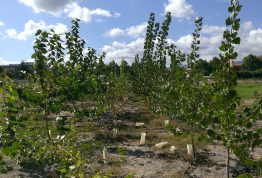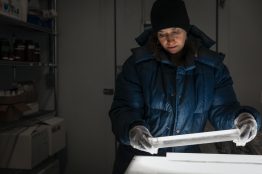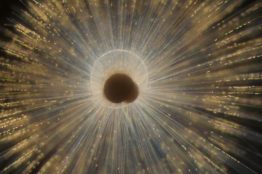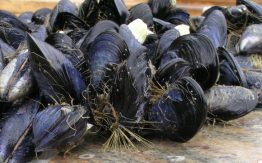Trees have the ability to capture and remove pollutants from the soil and degrade them through natural processes in the plant. It’s a feat of nature companies have used to help clean up polluted sites, though only in small-scale projects. Now, a probiotic bacteria for trees can boost the speed and effectiveness of this natural cycle, providing a microbial partner to help protect trees from the toxic effects of the pollutants and break down the toxins plants bring in from contaminated groundwater.
Read more at UW Today »Earth's atmosphere more chemically reactive in cold climates
Unseen in the air around us are tiny molecules that drive the chemical cocktail of our atmosphere. As plants, animals, volcanoes, wildfires and human activities spew particles into the atmosphere, some of these molecules act as cleanup crews that remove that pollution. The main molecules responsible for breaking down all these emissions are called oxidants. The oxygen-containing molecules, mainly ozone and hydrogen-based detergents, react with pollutants and reactive greenhouse gases, such as methane.
Read more at UW Today »Nanometer-scale image reveals new details about formation of marine shells
Unseen out in the ocean, countless single-celled organisms grow protective shells to keep them safe as they drift along, living off other tiny marine plants and animals. Taken together, the shells are so plentiful that when they sink they provide one of the best records for the history of ocean chemistry. Oceanographers at the University of Washington, the University of California, Davis and the Pacific Northwest National Laboratory have used modern tools to provide an atomic-scale look at how that shell first forms.
Read more at UW Today »Acid attack — can mussels hang on for much longer?
New research indicates that future ocean conditions could make mussels easy targets for predators and impact the mussel farming industry.
Read more at UW Today »Scientists recommend immediate plan to combat changes to West Coast seawater chemistry
Global carbon dioxide emissions are triggering troubling changes to ocean chemistry along the West Coast that require immediate, decisive actions to combat through a coordinated regional approach, a panel of scientific experts has unanimously concluded. A failure to adequately respond to this fundamental change in seawater chemistry, known as ocean acidification, is anticipated to have devastating ecological consequences for the West Coast in the decades to come, the 20-member West Coast Ocean Acidification and Hypoxia (OAH) Science Panel warned in a comprehensive report unveiled April 4.
Read more at UW Today »





